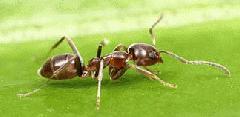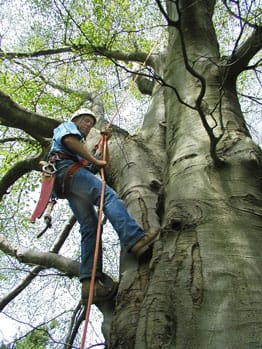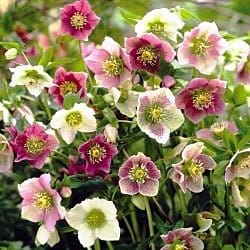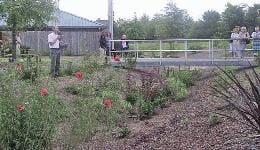|
Absorption: A method of extracting plant oil by laying herbs on tallow or lard, as in the making of pomade.
Annual: Plant that completes its life cycle in one growing season.
Biennial: Plant that requires 18 to 24 months to complete its life cycle.
Blanch: To process quickly in boiling water to help prevent deterioration.
Bouquet garni: A bundle of herbs tied with string and added to soups and stews and other dishes; the classical bouquet garni consists of two stalks each parsley and thyme, one sprig of marjoram or chervil, and one-half bay leaf.
Composite: A flower head made up of smaller complete flowers.
Cultivar: A cultivated variety of a plant.
Decoction: A method of extracting juice and oil from roots, bark, or seeds by soaking the plant material in water that is slowly heated to boiling and left to cool before use.
Dentate: Toothed or jagged, as a leaf edge.
Distillation: A purification process through which liquid is vaporized, condensed, and collected.
Essential Oils: Concentrated plant extracts responsible for flavor and fragrance, often derived through distillation.
Fixative: A material, such as gum benzoin or orris root, that preserves the scent of potpourri by absorbing the plant oils and slowly releasing them.
Fines herbes: A mix of several herbs used to flavor food during cooking; herbs traditionally used include parsley, chervil, tarragon, chives.
Floret: The smaller flower that in combination makes up the larger flower head.
Herb: From the Latin herba; usually, though not always, a green, succulent, temperate- zoned plant; generally used today to indicate a plant with culinary, fragrance, cosmetic, or medicinal use.
Herbaceous: Non-woody, generally dying back to the ground each winter.
Herbal: A book describing the appearance and use of plants.
Hybrid: Plant produced by a cross between two cultivars, usually within the same species.
Inflorescence: The characteristic arrangement of flowers on a stalk or in a cluster.
Infusion: An herbal liquid made by steeping leaves and stems in boiling hot water, covering for several minutes, then straining.
Knot garden: A garden design involving plantings in intricate, interwoven geometric patterns.
Maceration: Extraction of plant oils by soaking herbs in water or oil.
Perennial: A plant that continues its growth cycle year after year.
Pharmacognosy: A body of information about the history and medicinal uses of herbs and plants in their natural state.
Pharmacopoeia: The reference compendium of medicine used by physicians.
Phytotherapy: The use of plants for medicine.
Potherb: A plant that furnishes edible flowers, leaves, or stems usually prepared by boiling or steaming.
Potpourri: A mixture of dried fragrant plant materials combined with a fixative.
Poultice: A moist medicinal pack made by filling a small sack of thin material with an herbal paste.
Ravigote: A sauce made of various herbs mixed with vinegar.
Remoulade: An oil or mayonnaise-based sauce with mixed spices and herbs.
Rhizome: An underground stem that produces new plants at nodes.
Sachet: A small cloth packet containing dried herbs or herb mixture and used to scent drawers and closets.
Simple: A term used in colonial America for a medicinal herb used to cure a single disease or ailment; use reflected in the word “officinalis” in the scientific name of the plant.
Spice: From the Latin species, a term usually applied to a substance made from roots, bark, seed, or fruit of a tropical plant and used for culinary, fragrance, or medicinal purposes.
Stolon: A stem growing along the surface of the ground from which new plants grow at nodes.
Umbel: A flower head in the shape of an inverted umbrella, often a cluster of smaller flowers.
Tea: An infusion made by pouring boiling water over dried herb stems or leaves.
Tilth: Soil condition indicating degree of soil particulation or friability.
Tisane: A delicately flavored herbal drink made by pouring boiling water over fresh or dried herb leaves or flowers, steeping for several minutes, and straining out the plant material.
Toilet Waters: Mixtures of herbs and/or plant oils with water or isopropyl alcohol.
Topiary: A horticultural art by which shrubby plants are clipped into shapes or vining plants are trained over a form.
Tussie-mussie: A small herbal bouquet originally carried in Medieval times to ward off odors.
|







